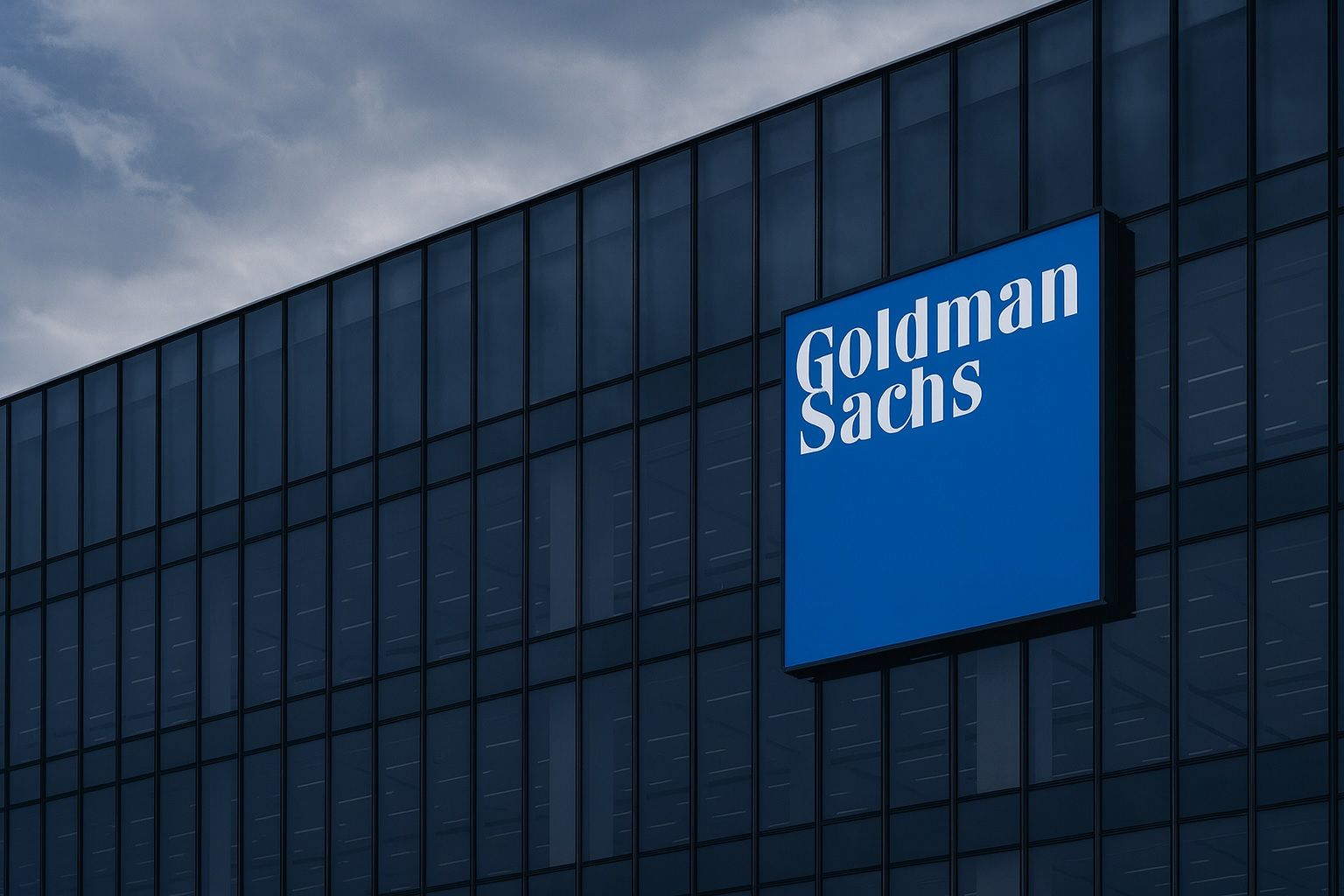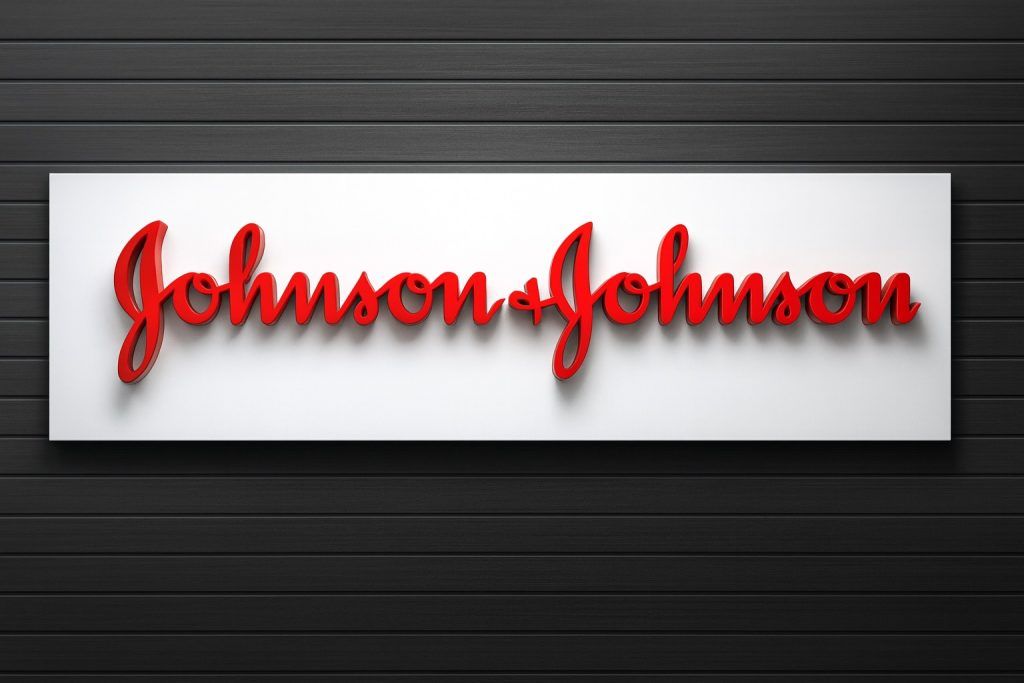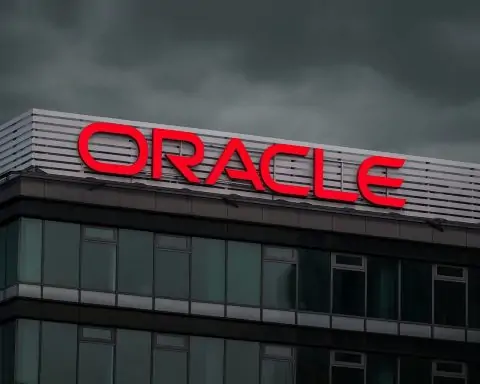- Record Revenues & Profit: Goldman announced $15.18 billion in Q3 net revenue (a new record for that quarter) and $4.10 billion in net income (EPS $12.25) [1] [2], far above year-ago levels.
- Investment Banking Boom: Advisory and underwriting fees jumped 42% to $2.66 billion [3] as M&A and IPO activity picked up. Global M&A volume through Q3 hit $3.43 trillion (highest since 2015), and Goldman led major deals like Figma’s IPO and Klarna’s listing [4].
- Trading & Markets Strength: Trading revenues were resilient: equities trading rose 7% to $3.74 billion and fixed-income/Currency/Commodities trading 17% to $3.47 billion [5], benefiting from robust markets (despite an otherwise calm quarter).
- Wealth & Asset Management: Fee‐based asset and wealth management revenue climbed 17% to $4.40 billion [6], with assets under supervision hitting $3.45 trillion [7]. This was the segment’s first revenue increase of the year, reflecting strong advisory flows and a $1 billion strategic stake in T. Rowe Price [8] [9].
- Stock Performance: Goldman’s stock has rallied ~37% YTD through early Oct [10], making it the top-performing big bank. (Shares even hit an all-time high of $793 in mid-September [11].) After the Q3 report, shares dipped about 1.5% pre-market on Oct 14 [12] as some profit-taking set in, but remained near multi-year highs.
- CEO & Analyst Take: CEO David Solomon credited the results to the firm’s “client franchise” and strategic execution [13]. Analysts echoed the upbeat tone: Argus’s Stephen Biggar said “the capital markets machine has clearly shifted into a higher gear,” noting that strong stock prices and prospects of lower rates should sustain momentum [14]. BCA’s Irene Tunkel adds that “banks are a window into the U.S. economy” – if loan demand and spending stay healthy, it signals growth rather than contraction [15].
Dealmakers Drive Historic Q3 Results
Goldman’s third quarter was powered by a surge in advisory work and underwriting. Investment banking fees jumped 42% year-on-year to $2.66 billion [16], well above forecasts. Advisory fees alone were up 60%, as Goldman guided or underwrote numerous high-profile deals. Global M&A volume has been booming – about $3.43 trillion of deals announced in the first nine months (with nearly half in the U.S.), the most since 2015 [17]. Goldman participated in marquee transactions, from design-software IPOs like Figma to major fintech listings like Sweden’s Klarna, underscoring the dealmaking revival [18].
This pipeline lifted Goldman’s revenues across the board. The firm reported $15.18 billion in revenue for Q3, “its largest haul for that quarter in its history,” surpassing the $14.13 billion analysts expected [19] [20]. Net income was $4.10 billion (EPS $12.25), up sharply from $2.78 billion a year ago [21]. The results beat consensus and highlighted the rebound: analysts had predicted roughly +31% EPS growth [22], which largely materialized.
Goldman’s management emphasized that this performance reflects the strength of its franchise. Solomon noted clients are again “turning to us for their most complex and consequential matters,” and he cautioned that markets can change quickly [23]. But with fees and trading activity back to life, the bank is closing 2025 on a high note after a sluggish first half.
Trading and Markets: Resilient in a Calm Quarter
Aside from banking fees, Goldman’s trading desks delivered solid gains. Even though overall volatility was low (Q3 saw record-high stock indexes and a Fed rate cut [24]), Goldman’s trading operations still grew revenues. Equities trading revenue rose 7% to $3.74 billion [25] (helped by higher financing income), and fixed-income/currency/commodities trading was up 17% to $3.47 billion [26]. In sum, the firm’s Global Banking & Markets segment generated $10.12 billion in net revenue (up 18% YoY) [27].
Analysts view this resilience as encouraging. For example, in calmer markets one might have feared a drop in trading commissions – but Goldman’s broad business mix cushioned the impact. Stephen Biggar of Argus Research remarked that with “robust stock prices, a reduced regulatory burden and the prospect of lower interest rates,” the capital markets cycle is in a “higher gear” that should sustain performance [28]. In other words, a virtuous feedback loop is fueling both deal fees and trading activity.
Asset & Wealth Management Strengthens Fee Base
Goldman’s push into wealth and asset management continues to pay off. Its Asset & Wealth Management division reported $4.40 billion in net revenue (a 17% jump) [29] – the first quarterly increase this year. Higher management fees (from growing fund bases) and lending income (including its credit-card portfolio) contributed. The bank now oversees about $3.45 trillion of client assets [30], enabling fee growth of 12% [31].
This side of the business is meant to smooth out volatility in advisory and trading. As Solomon noted on the call, Goldman is also investing in technology and partnerships (such as the $1 billion T. Rowe Price stake) to tap more client capital, especially in retirement and alternatives. Analysts say maintaining this fee base is key if markets turn down, and so far it’s been a success: Goldman’s wealth arm has been growing steadily, contributing roughly 30% of total revenues [32] [33].
Market Reaction and Stock Outlook
Investors have cheered Goldman’s robust results. As of mid-October, Goldman’s stock was trading in the mid-$700s, near its record high ($793 in mid-Sept) [34]. Year-to-date the share price is up ~37%, far outperforming other big banks [35]. After the Q3 report, Goldman shares ticked down modestly (~1.5%) in early trading on Oct 14 [36], which was seen as profit-taking; but market strategists note the fundamentals remain strong.
Analysts’ sentiment is generally bullish. Wall Street consensus was a Moderate Buy on GS, with an average 12-month target around $795 (only ~1% above pre-earnings levels) [37]. BMO Capital’s Brennan Hawken reiterated a Hold rating (target $785), arguing much positive news is already reflected in the price [38]. In contrast, Evercore’s Glenn Schorr maintained a Buy with a $830 target, saying big banks had a “stellar summer” and expects a beat-and-raise season, especially for Goldman and JPMorgan [39]. (Even Goldman’s own research groups are optimistic: one recently raised the S&P500 year-end forecast to ~6,800, implying more upside if growth holds [40].)
Options traders are also bracing for volatility: implied moves of around 4–5% were priced in for the earnings reaction. In sum, the stock is expensive by many metrics (P/E ~17) [41], but analysts credit Goldman’s earnings power (high returns on equity ~14%) and see room for further gains if the bank capitalizes on its momentum.
Economic Context & Forward Look
Goldman’s blowout quarter comes amid an unusual macro backdrop. A U.S. government shutdown has delayed key economic reports (jobs, inflation, retail sales), so investors have been looking to banks as a proxy for economic health [42]. That made these earnings doubly important: strong bank profits suggest consumer balance sheets and corporate activity are holding up despite the data “fog”. Indeed, BCA Research’s Irene Tunkel warns that banks “are a window into the U.S. economy,” and has said that continued loan demand and spending would indicate the expansion is intact [43].
Meanwhile, monetary policy is easing. The Fed cut rates by 25 bp in September to 4.00–4.25%, and markets expect further quarter-point cuts by year-end [44]. Lower rates support M&A and stock valuations, which buoyed Goldman’s deal pipeline. But it also means net interest margins (NII) could tighten. For now, Goldman set aside only $339 million for credit losses (down from $397M a year ago) [45], suggesting its credit portfolio is healthy. Analysts will watch next quarter for how mortgage and loan growth evolves as rates fall.
On Wall Street more broadly, strategists caution that the current rally relies heavily on these earnings. Natixis’s Garrett Melson notes, “the market just keeps grinding higher” on the back of an optimistic earnings outlook [46]. But Horizon’s Chuck Carlson warns that if banks show any signs of trouble (deteriorating credit or weaker fee outlooks), the market could stumble [47]. JPMorgan’s Jamie Dimon has echoed caution, suggesting valuations are rich and even warning of a potential 30% market pullback if fundamentals disappoint.
Bottom line: Goldman’s Q3 report confirmed the strong scenario – booming deals and solid markets are driving bank profits. Experts say this bodes well for Q4: if M&A remains hot and trading volumes stay up, Goldman could again top forecasts. But investors will be watching loan growth, consumer deposits and future interest rate moves to see if this momentum can continue.
Sources: Goldman Sachs press release [48] [49]; Reuters news reports [50] [51] [52]; Bloomberg Markets [53]; investing.com summaries [54]; expert commentary on bank outlook [55] [56]. All data as of mid-Oct 2025.
References
1. www.bloomberg.com, 2. www.goldmansachs.com, 3. www.reuters.com, 4. www.reuters.com, 5. www.reuters.com, 6. uk.investing.com, 7. www.reuters.com, 8. www.reuters.com, 9. uk.investing.com, 10. www.reuters.com, 11. uk.investing.com, 12. www.reuters.com, 13. www.reuters.com, 14. www.reuters.com, 15. www.reuters.com, 16. www.reuters.com, 17. www.reuters.com, 18. www.reuters.com, 19. www.bloomberg.com, 20. uk.investing.com, 21. www.reuters.com, 22. ts2.tech, 23. www.goldmansachs.com, 24. www.reuters.com, 25. www.reuters.com, 26. www.reuters.com, 27. uk.investing.com, 28. www.reuters.com, 29. uk.investing.com, 30. www.reuters.com, 31. www.reuters.com, 32. www.reuters.com, 33. uk.investing.com, 34. uk.investing.com, 35. www.reuters.com, 36. www.reuters.com, 37. www.tipranks.com, 38. www.tipranks.com, 39. www.tipranks.com, 40. ts2.tech, 41. uk.investing.com, 42. www.reuters.com, 43. www.reuters.com, 44. www.reuters.com, 45. www.reuters.com, 46. www.reuters.com, 47. www.reuters.com, 48. www.goldmansachs.com, 49. www.reuters.com, 50. www.reuters.com, 51. www.reuters.com, 52. www.reuters.com, 53. www.bloomberg.com, 54. uk.investing.com, 55. www.tipranks.com, 56. ts2.tech










